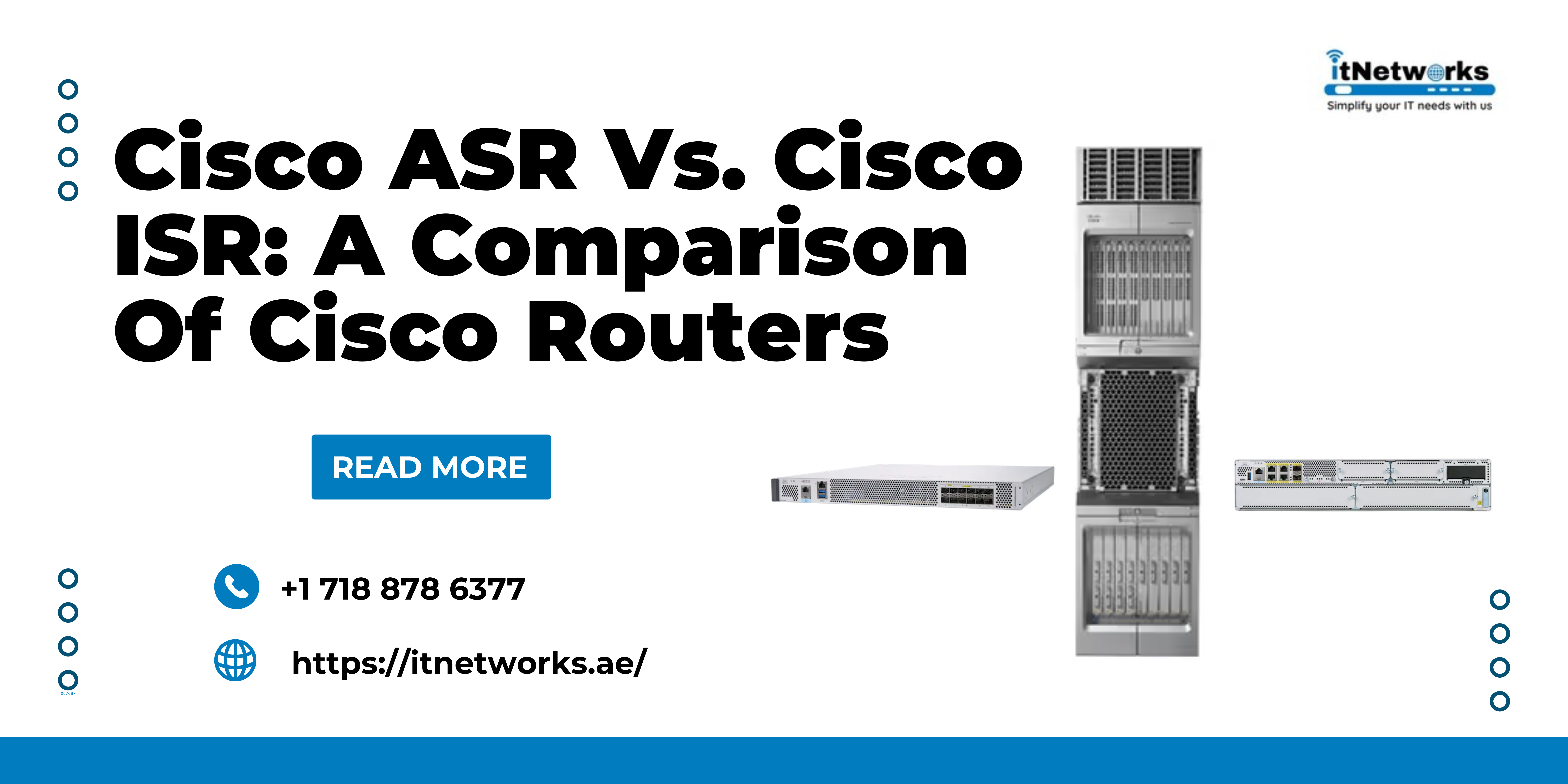A Brief Guide on Server Migration (What, When, and How)
Do you need to migrate your server but don’t know how to do it or what steps you should take? If yes, this guide on server migration can help you.
When your website or application keeps changing or growing to the extent that it needs more resources, server migration becomes an inevitable process for you. Meaning, you will have to consider it at one or another point. Thus, getting familiar with server migration and the steps required to migrate a server will help you plan a solid strategy and avoid any mistakes down the road.
What does server migration mean?
Server migration means moving your critical data from one server to another and configuring the new server so that it can replace the previous server without causing any complications.
When the term ‘server migration is discussed in the context of web hosting, it revolves around setting up a web server and database software, copying or moving websites and their configurations, and changing the Domain Name System (DNS) so that visitors directly go to the new server instead of previous one.
How do I know if it’s time for server migration?
Many website and application owners don’t know when they should consider server migration and, as a result, they continue to struggle with the limited resources, low website speed, and poor website functionality.
Each plan of server or web hosting is devised to meet particular needs for a website or an application. When your website or application is new, investing in a cheaper, small solution is a wise decision.
However, as your website or application grows or changes over time, their need for resources and ability to handle growing visitors also changes.
When you happen to find that your website is not getting enough resources that it needs through the current server solution or your website performance starts degrading significantly due to speed and other factors, know that it is high time to go for server migration.
Apart from this, you can also consider server migration for the following reasons:
- To ensure that the operating system and hardware are equipped with the latest technology
- To enjoy the benefits of new technology or a better service
- To move to the cloud to enhance the flexibility and scalability of resources
- To make your server package more affordable and reduce the overall capital expenditure
- To consolidate your web hosting
- To replace the infrastructure because it has reached its end-of-life stage
- To expand and distribute hosting to minimize the load at a single point and ensure high availability of resources
Though server migration may seem easy on the surface, it must be handled carefully. When stuck with the wrong server solution, you will not only waste your time, effort, and money but will also experience downtime and a significant decrease in profits.
Choosing the right server solution requires thoughtful planning. Thus, it is important to know the steps that make server migration successful.
Steps for Successful Server Migration
Prepare Your New Server
All of your website/application data must reside properly and in the right place on your server. For that, you will need to properly size the new server and prepare it for incoming data and digital assets. You must ensure that the services and packages that your site requires are already available and installed in the new server environment.
When migrating, build in around 20 percent extra storage space so that your website will have extra room to install and process data that is being migrated and the data that will be created in the future over time.
Evaluate Data Before and After Migration
All data must be accounted for before the migration and installed correctly after migration. Losing even a tiny bit of data can create complications during the transition. So, it is critical to take some time and note what parts of your site are crucial and what parts engage with other services. For instance, plugins and themes can affect various pages when not installed correctly. A data governance plan can make things easier and safer.
Data Migration
You have prepared your new server, and you have secured all your data. Now, it’s time to make a copy of all the data. Data transfer is usually the most time-consuming part of the server migration process. With higher bandwidth, the speed of data transfer is typically higher. To avoid losing any data or preventing your employees to add new data accidentally, you can put a ‘freeze’ on your website.
Testing to Ensure Successful Migration
Once the complete data is transferred, you must check for the full functionality. Investing ample time in testing means you can prevent most issues later. Stick with rigorous testing to identify unanticipated issues, assess the effectiveness of their strategies, and confirm details on how the process and new server environment are faring.
Change the DNS and Go Live
After completing the testing phase and ensuring that everything is working fine, you can switch your DNS so that the traffic is diverted from the previous server to the new server. Though it is a simple process, it should be done when the traffic and usage are low, for instance during the night or weekend.
Even though you have migrated your website or application to a new server, it is better to keep your previous server active for some time as a backup so that you have a fallback option or a point of reference if an unknown problem occurs.
Keep these things in mind, and you are less likely to encounter major issues during server migration.
Our customer service is available 24 hours a day at + 971 4 2409 998 / Whatsapp: + 971585811786.





